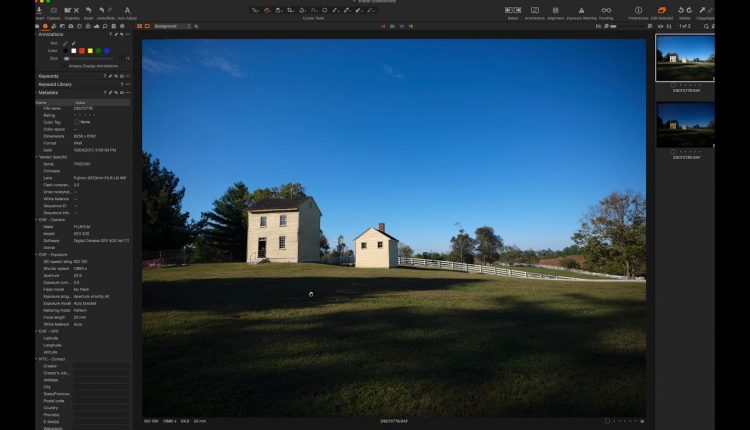Sign in
Sign in
Recover your password.
A password will be e-mailed to you.
A initially learned photography as a kid shooting black & white then developing the photos in a dark room, that was a magical time and sparked my interest in photography. As I got older I dabbled in digital photography but wasn't until my kids were born that i really started to get an active interest back in it all.
25 Comments
Leave A Reply
Cancel Reply
https://youtu.be/7cFxYRmuQGw
That guy did a good comparison between the gfx and the d850. The result seem to show you can have 2 more stop on gfx.
Wow, you are talking about Nikon mirror less…..
I get it, expose to the right. Sensor saturation. But, what about when you are pushing ISO into “saturation”, and higher noise levels? Is there a point when you need to expose more to the right than the left?
You right! ETTR is the key that helps to get more sensor saturation.
Hello Ken, Frank here. You have stated that ISO is applied gain. In what respect, and how.
Ex. In a non electric old fim camera
How is ISO a gain ?
This question may tell you how little i know. But i have an XT1 🙂
It's very very logical Ken! I believe! Lol
They also do that in professional film making as well.
MMM..More good! Less bad….easy to remember.
Thankyou 😊
No kickbacks off of actual tips and real advice. Thanks Ken! love you <3
Thanks again! As a student of fine art and painting ….very late in the game, retired, I keep an ongoing sketchbook of ideas, notes of info, concepts and of course sketches. Recently started a
photography sketchbook for the same reason. And I grab it every time while watching your “inspirational” videos.
I wouldn't really call ETTR a secret. Also some times you need to under expose to achieve the correct shutter speed when shutter speed is more important than sensor saturation then bring up the exposure in most. As an example with your photo, if it was windy and you wanted to freeze the motion in the trees then it would be beneficial to under expose to achieve the shutter speed required. Photography is so much more than pixel peeping and dynamic range.
Thanks for another great info filled video. I have learned so much about photography from you . Big props brother as always.
It's like going to a restaurant with your significant other, the two meals plus drinks and tip will cost say $80. You know this because you've been before, you had the same meals and you know the prices haven't increased since your last visit. So you take just $80 in your wallet? No…you take perhaps $120, you know, to cover you even though you'll only spend $80. You can take $80 from $120 but you can't do it the other way round 😋
I am 72 years old and I worked in IT all my life. More information is always better.
Good video however for those who don't know how you need to discuss in detail how you saturate in your sensor.
Still using Capture One? I bought it about a month ago. It is better than Lightroom once you get used to it.
Congratulations Ken, you are the first (as far as I know) who speaks about exposing to the Right rather than bluntly trusting the light-meter as do the you-tubers who "sell" the various gear they represent. More info on the right and then lower exposition to taste. Glad to hear it!
Thanks for sharing your wisdom.
Quick follow-up question. Say it's much brighter outside and I want to show the details of the grass in the shade, but don't want to blow out the highlights. Guess the only option is to take two shots, one correctly exposed, then one exposed for the shadows in the grass, while blowing out the whites. Then do HDR, or play with layers in Photoshop?
Thanks again for all your videos.
soooooo basically expose to the right?
Ken, Looks like you improved your Production values! You leaned you to share your screen in video.
I finally began to get it. "Let your sensor gather more light"… ouch! LOL
A nice sunrise/sunset could be a nice shot here.
Its all about the histogram….which too many neglect…but is central..
It’s actually a fairly good picture. I typed in “sensor saturation” in the YouTube search, and the only name I got was Theoria Apophasis. You have many videos devoted to sensor saturation – but no other photography YouTube channels mention this. I agree, that’s usually how I take the shot – I called it “exposing correctly” for the shot, and then darkening later. Of course, now I learned a new term “sensor saturation”. The evidence is right there when your editing – dark images made to look lighter tend to look too overblown or fake. While a lighter image made to look darker looks more natural and realistic. See, I’m learning something from watching your videos. 😀👌
Thank you for another great video